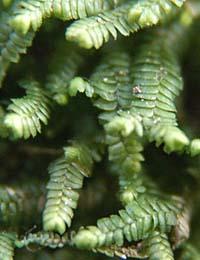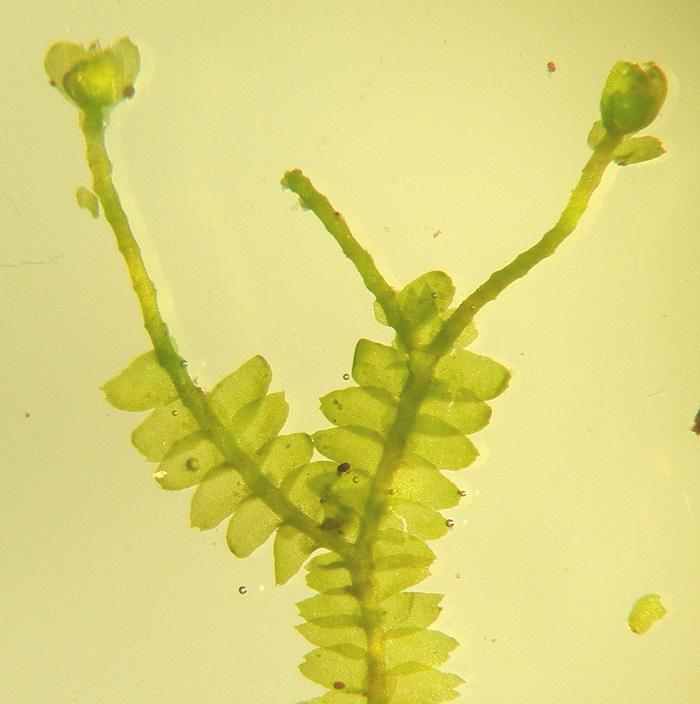Exploring the Unique World of Bazzania curvidens Steph. Moss
Affiliate Disclaimer: As an affiliate, we may earn a small commission when you make a purchase from any of the links on this page at no additional cost to you!

komutigoke2.jpg from: https://mikawanoyasou.org/koke/komutigoke.htm
Exploring the Fascinating World of Bazzania curvidens Steph. Moss

BDShootweb.jpg from: http://blogs.ubc.ca/biology321/?page_id=3099
Introduction
Mosses are often overlooked, but they play crucial roles in ecosystems around the world. One particularly interesting species is

Bazzania-asperrima-Steph-from-G00069768-11169-A-D-papilla-of-the-leaf-middle-part_Q640.jpg from: https://www.researchgate.net/figure/Bazzania-asperrima-Steph-from-G00069768-11169-A-D-papilla-of-the-leaf-middle-part_fig5_376880781
Bazzania curvidens Steph., a liverwort moss in the Lepidoziaceae family. In this blog post, we’ll dive into the captivating details of this unique plant.
Background on Bazzania Mosses
Bazzania is a genus of leafy liverwort mosses found in many parts of the world. They belong to the Marchantiophyta division and Jungermanniopsida class. There are over 100 Bazzania species, which exhibit diversity in their morphology and preferred habitats.
Morphology and Identification of Bazzania curvidens Steph.
B. curvidens has distinct curved teeth on the margins of its leaves, hence the species name “curvidens“. The leaves are arranged in three rows and overlap in a incubous manner. Leaves are oblong to oblong-ovate in shape, with a shortly bifid apex. Underleaves are large and bifid.
The stems of B. curvidens are procumbent to ascending, irregularly branched, and can reach 2-5 cm long. Rhizoids are sparse. This species is dioicous, with male and female reproductive structures on separate plants.
Global Distribution and Habitat
B. curvidens has a wide distribution, found in tropical and subtropical regions of Central and South America, Africa, and Asia. It grows as an epiphyte on tree trunks and branches in moist, shaded environments such as cloud forests and rainforests. The species is found at elevations from sea level to 2000 meters.
Ecological Roles and Adaptations
Like other mosses, B. curvidens plays important roles in its ecosystems:
- Moisture retention: The mat-like growth traps and retains water.
- Microhabitats: It provides shelter and habitat for micro-organisms and invertebrates.
- Nutrient cycling: It aids in breaking down organic matter and cycling nutrients.
B. curvidens has adaptations for its epiphytic lifestyle:
- Rhizoids help it adhere to bark and absorb water and nutrients.
- Its leaves are adapted to capture moisture from the air.
- Asexual reproduction via fragmentation allows it to spread on the same tree.
Conclusion
Bazzania curvidens Steph. is a prime example of the amazing diversity and adaptations found in the world of mosses. From its curved leaf teeth to its epiphytic lifestyle, this species illustrates how mosses have evolved to thrive in specific niches. Next time you’re in a tropical forest, take a closer look at the mosses – you might just spot some Bazzania!
